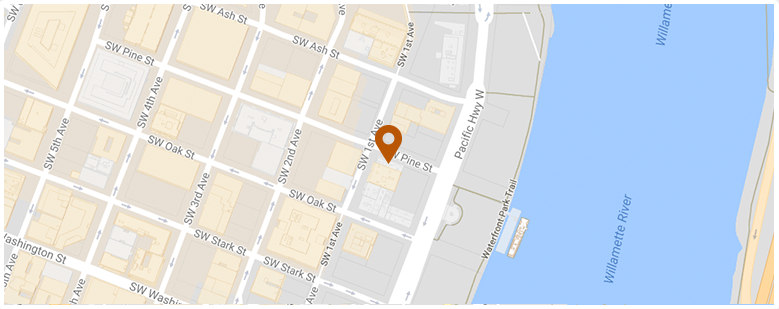At a Portland City Hall rally earlier this month, a group of bicyclists sought not to accomplish a solely bicycle-oriented policy goal. Instead, the bicyclists focused on a larger objective: reducing the high number of traffic deaths in the city and making Portland’s roads safer for everyone, including drivers, passengers, pedestrians, motorcyclists, and bicyclists. The bicycle accident lawyers at Kaplan Law LLC understand the incalculable human toll that traffic fatalities represent, and support policies that will make our area’s streets and highways safer for all.
According to KGW8’s coverage, the rally included signs honoring the lives of each person killed in vehicle incidents in Portland this year. As of the date of the rally, Portland had already logged 46 fatalities, a pace that could allow the city to surpass last year’s total of 63 deaths.
The protest was organized by BikeLoud PDX. A member of that group told KGW8 that the changes they desired were reasonable and modest goals. Those objectives included enhanced enforcement of speed limits, an increase in the number of traffic cameras (particularly on “high-crash corridors,”) additional infrastructure investment, and campaigns against impaired driving targeted at “bars, restaurants, [and] liquor stores.”
 Oregon Injury Lawyer Blog
Oregon Injury Lawyer Blog


